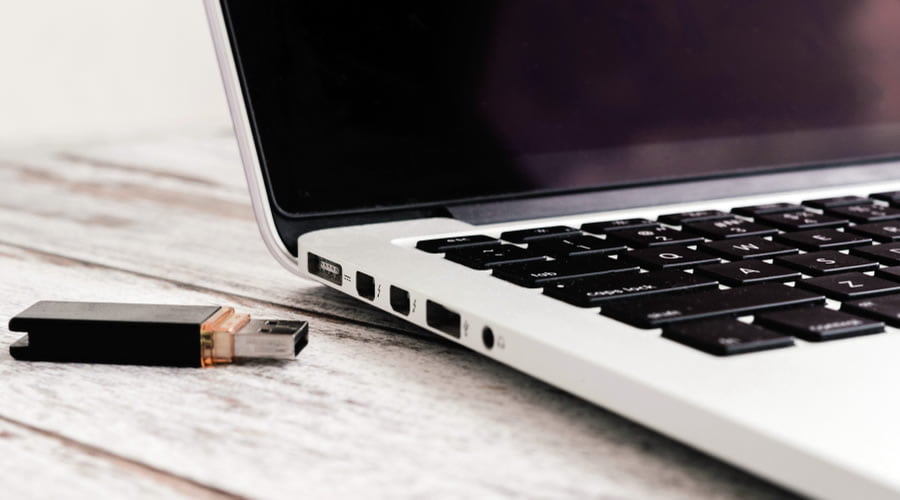A few years back, it was impossible to convert a USB drive into a bootable drive. But today, the story is different. Thanks to advancements in technology, we now have Rufus and Etcher at our service. But what exactly are they?
Etcher (also known as balenaEtcher) is a free, open-source utility used to burn image files to store files for creating USB flash drives and bootable SD cards. It can easily work on several operating systems like Linux, Windows, macOS, among others.
On the other hand, Rufus is also used to create bootable USB flash drives with ISO files for free. Rufus is much more popular than Etcher and is loaded with more features than the latter.
Contents
What is so special about Etcher And Rufus?
Both tools come with a list of features to offer maximum comfort to their users. Let’s begin with Etcher, shall we?
Features of Etcher:
- Frame a bootable USB flash drive.
- Instate live CD versions of Tux2live, Clonezilla or GParted.
- Works well with syslinux boot menu (same version) in zip/ISO file.
- It’s easy to learn and operate. You won’t have to go through a complicated installation process.
- It has a beautiful graphical interface and won’t allow you to get bored while burning SD cards.
- It helps to validate the burning of an SD card. This will help you to detect corrupt cards.
- You’ll get regular updates for this software. Meaning, all the latest features will be at your disposal.
Features of Rufus:
- It’s absolutely free and can be used for commercial/personal purposes.
- Frame DOS-compatible environment to operate legacy tools with MBR partition scheme and FreeDOS.
- Easily format the USB flash drives to UDF, FAT or ReFS file systems, edit volume label, set cluster size, among others.
- It can be used to compute the SHA-256, MD5 and SHA-1 hashes of the recently selected image.
- It has a modern UI with UAC elevation.
- The software is pretty lightweight. You can install it on most Windows PC/laptops, and it won’t put pressure on it.
- It comes with an auto-update feature. You won’t have to stay awake to install updates manually.
- It has support for different languages, and you can adjust the cluster size without any trouble.
What are the system requirements to install Etcher and Rufus?
Both software programs are quite different in nature. This can be proved with their system requirements. If you want to install Rufus, you need Windows Vista, XP, 7, 8, or 10 (32 or 64 bit). Along with this, you need a USB flash drive with 8 GB capacity (at least).
For creating Etcher USB, you’ll need either Windows, macOS, or Linux systems to install it with flying colors.
How can you operate Etcher?
Keeping convenience in mind, this tool doesn’t require an installation process. Just visit its official website and download the file (based on your operating system). Once that is done, follow the below-listed steps.
- You’ll get three options to select the ISO files- clone drive, flash from file and flash from URL.
- For a bootable USB flash drive, choose an ISO file from your PC/laptop and tap on ‘Select Target’ to select the USB flash drive.
- To begin the burning process, tap on ‘Flash’ button.
And the process is complete.
How can you operate Rufus?
Right now, Rufus only works on Windows and doesn’t require any installation process. To frame a bootable USB flash drive using Rufus, open its official website and follow the below stated steps.
- Download the file to see Rufus’s interface.
- When you click on the ‘Device’ section, Rufus will select the detected USB flash drive (automatically).
- In the ‘Boot Selection’ section, tap on the ‘Select’ button to pick an ISO file.
- Configure the file system, partition scheme and volume label as per your needs.
- Tap on the ‘Start’ button to begin the process. Finally, tap on ‘Ok’ to continue.
Etcher vs. Rufus: Who’s the winner?
Honestly, there is no clear winner between the two. Let us explain. Most people believe that Rufus is better than Etcher when it comes to extra features. Also, there is a risk of data failure/loss when using Etcher, as it has a system drive for detected target drives, which is dangerous and may destroy the data if users choose system drive by mistake. This doesn’t happen with Rufus, as it doesn’t list the local drive. But when it comes to the operating system, Rufus only works on Windows. Whereas, Etcher is functional on Linux/macOS.
Therefore, both the tools have their pros & cons, and it depends on the user’s requirements when it comes to choosing between the two.
Etcher and Rufus have made it easy for users to convert a USB drive into a bootable drive. Both come with useful features and have the potential to help the user in their manner.


